Please don’t be mad… we’ve changed our minds.
For the past year, we’ve been stripping down, repairing, and dreaming up ways to turn our old Mercedes 814 truck, Moose, into the ultimate DIY off-grid tiny home on wheels. We thought we’d settled on a plan: a fully built motorhome with big slide-outs and a cosy, custom interior. But as we’ve sketched, measured, and explored every inch of available space, a niggling idea kept coming back, and last week, we finally decided to listen to it.
We’re turning Moose into a mini articulated lorry. Instead of building a fixed camper on his back, we’re chopping and shortening his chassis to create a sort of tractor unit that will tow a custom fifth wheel tiny home trailer, or as we’ve started calling it, “Moose’s caboose.”
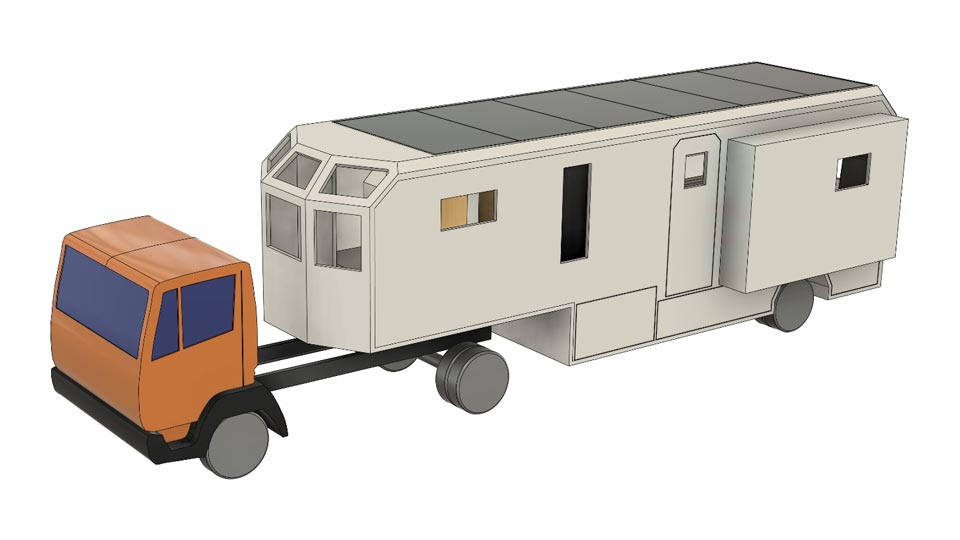
If you’d rather watch than read, the full episode is below. Let us know what you think of this new plan!
Once we started mapping it all out, the benefits of a fifth wheel setup became too good to ignore. First, space and headroom. Our original design on Moose’s chassis meant losing precious height and width before we even began. Even with a drop-down bed stowed away, Pete barely had headroom to stand comfortably, and adding extra height would have made the truck heavier and more awkward to drive. We want this to feel like a proper home, not a compromise on wheels.
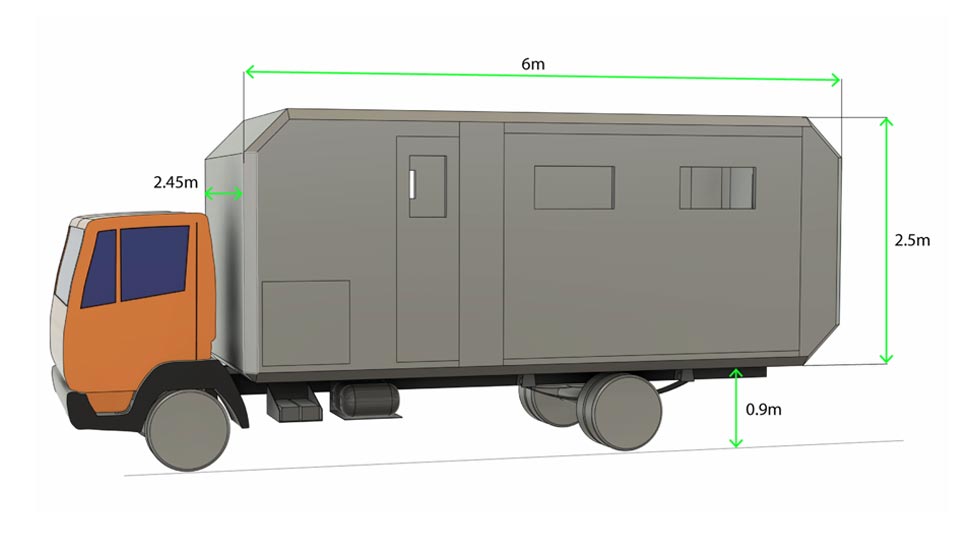
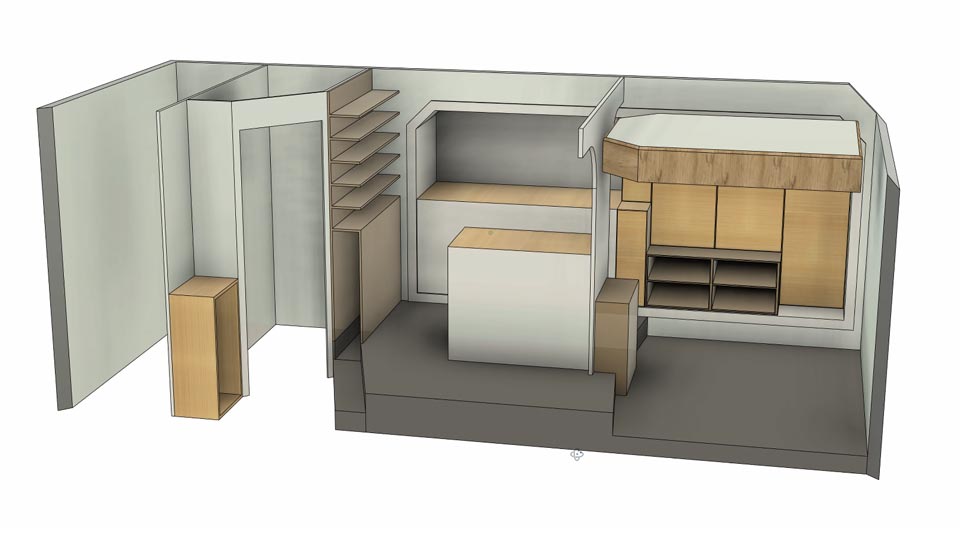
The mini-artic idea solves so many of those problems. By building a separate tiny home trailer, we can design the living space however we want, wider, taller, longer, without being tied to Moose’s frame. It also means when we’re parked up, Moose can be used as a smaller, more practical vehicle instead of being permanently attached to a huge camper box.
This whole idea actually takes us back to our original dream. Long before Moose, Pete was looking at rugged ex-military trucks and even a DAF military tractor unit with the same kind of fifth wheel setup we’re now building. Back then it felt impossible, too expensive, too intimidating, but here we are, finally bringing that idea to life with Moose.
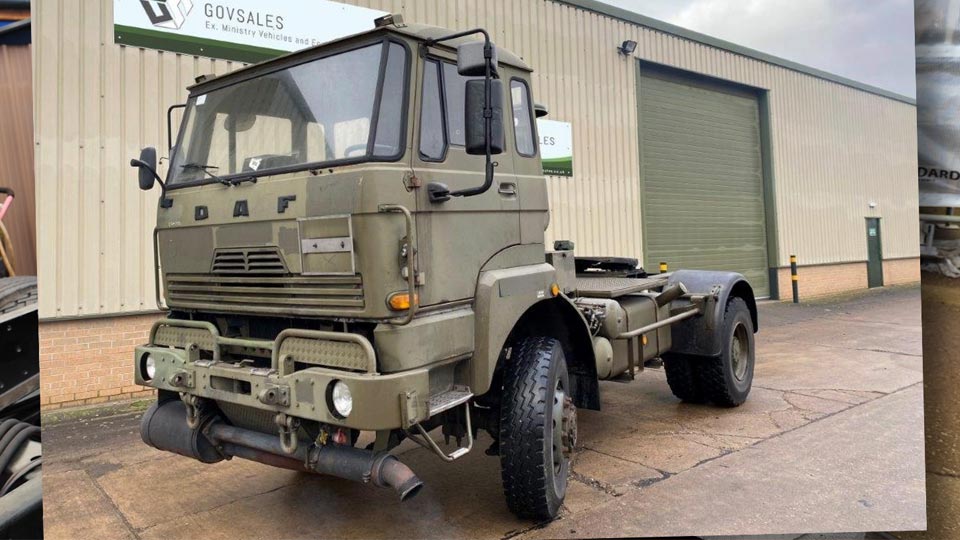
We’re calling the trailer Moose’s caboose, and while the plan is a bit bonkers, it feels right. Moose isn’t just a truck; he’s part of the family now. We’ve said before that he’s like our son, and this way we get to keep him exactly as he is, but make him even more useful.
Another thing we love is the flexibility this gives us. When we’re travelling, we’ll be able to drop the trailer off and use Moose as a smaller, lighter vehicle, more like a pickup, for hauling building materials or heading into places where towing a house isn’t ideal. And, as a bonus, it’s a lot harder for someone to steal a home that’s parked on a trailer than one bolted to the back of a truck.
We’ve asked ourselves whether this change is worth the extra work, and the answer keeps coming back as yes. This isn’t the sort of project you do twice. If we waited for a “next time” to build something like this, it might never happen. We’ve already thrown ourselves in at the deep end so many times with this build, and every challenge has taught us that we’re capable of more than we imagined. So if this is the dream setup, we’re doing it now.
Once we took a closer look, the advantages stacked up quickly. Space is a big one: we’re no longer restricted to the awkward shape of Moose’s chassis, which means a much roomier and more functional layout. We can build the trailer lower to the ground, which helps with overall height and keeps the centre of gravity nice and stable.
Then there’s weight and towing capacity. Moose’s train weight is rated at 11 tonnes, which means we can build a 4–5 tonne trailer.
(EDIT: Turns out, Moose is only rated to tow a 3.5-tonne trailer, so our design needs to be lighter than we first imagined!)
We’ll still be sticking with lightweight materials because every kilo saved means easier towing and better fuel economy.
Versatility is another big plus. Once we’re parked up, Moose becomes a compact, useful vehicle for running errands or hauling materials. If the truck ever needs repairs, we’re not stranded because our home stays safely parked.
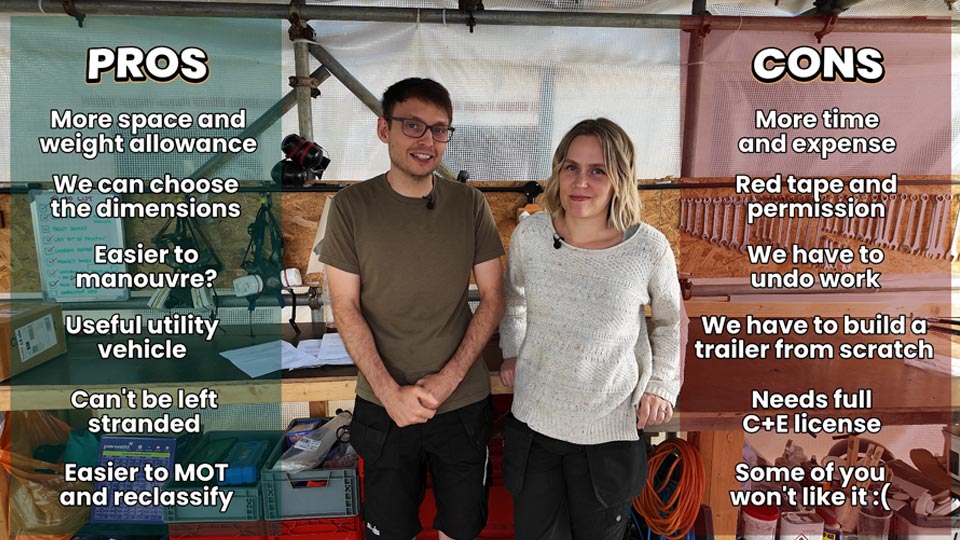
Of course, there are challenges. The trailer build will be a huge project in its own right. We can’t just buy one, as the commercial options are too heavy, so we’ll be designing and fabricating a custom step-frame (drop-deck) trailer from scratch. Then there’s all the red tape: reclassifying Moose with the DVLA, ensuring the chassis modifications are approved by Mercedes, and getting the green light from the DVSA for the chassis modifications and new tow hitch.
We’ll also need to think about licensing. Pete will likely go for his Category C+E licence, which is no small undertaking. But as with everything so far, we’re diving in headfirst.
The first big job is converting Moose. We’ll be starting with the suspension, replacing the old leaf springs with air suspension. This will give us the space we need to reduce the wheelbase, improve the ride comfort and make coupling with the trailer much, much easier. After that comes the chassis cut, shortening Moose’s wheelbase from 4.25m to around 3.15m, removing about 2.5 metres of steel. It’s a major job, but we’ve got the technical guidance from Mercedes to do it the right way.
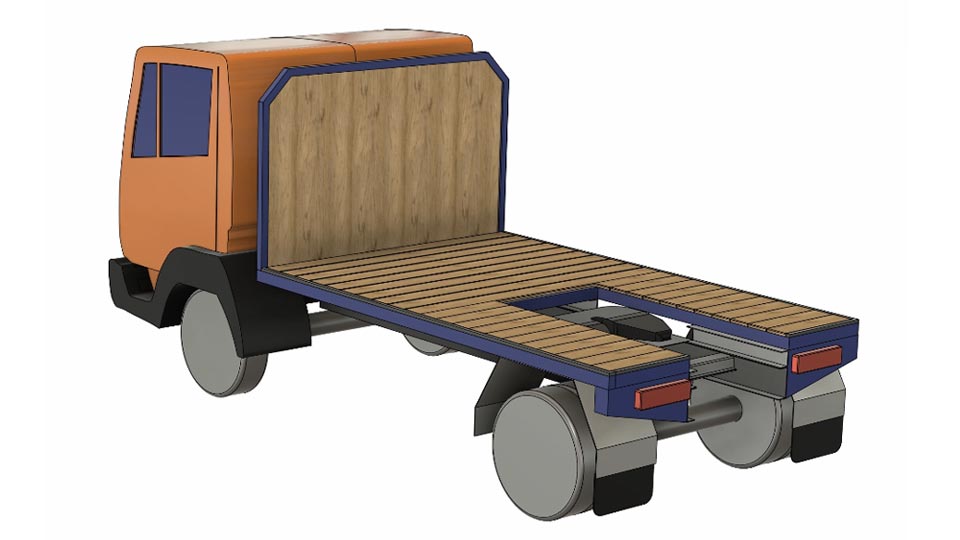
With Moose ready, the focus shifts to designing and building Moose’s caboose. The goal is a lightweight, road-legal fifth wheel trailer that combines the strength of a commercial trailer with the homeliness of a tiny house. Weight distribution, axle placement, and structural integrity will all play a huge part in the design.
This shift might add time and cost, but it means we can finally build the tiny home we really want, one with proper slide-outs, a living room that feels like a living room, and headroom that doesn’t have Pete crouching. We’ll also end up with a unique setup: a modular, off-grid mini-artic with a detachable home.
If you have experience with coachbuilding, trailer fabrication, chassis modifications or DVLA reclassification, we’d love to hear from you. Drop us an email at roadtooffgrid@gmail.com.
Would you build a fifth wheel tiny home like this? Watch the episode below and let us know in the comments.